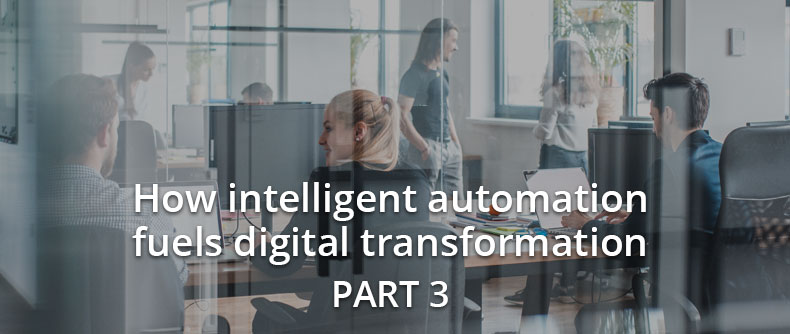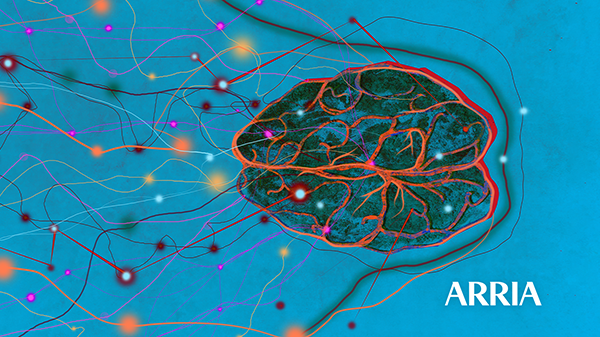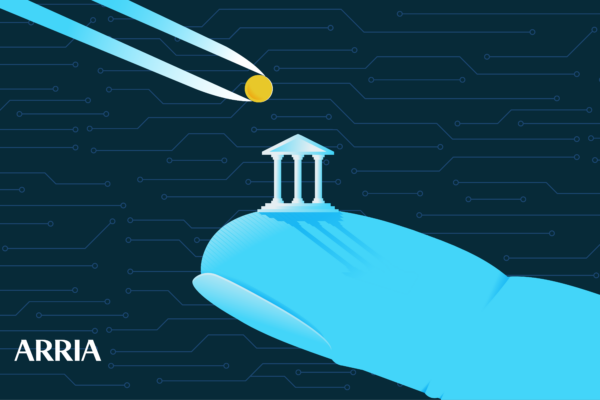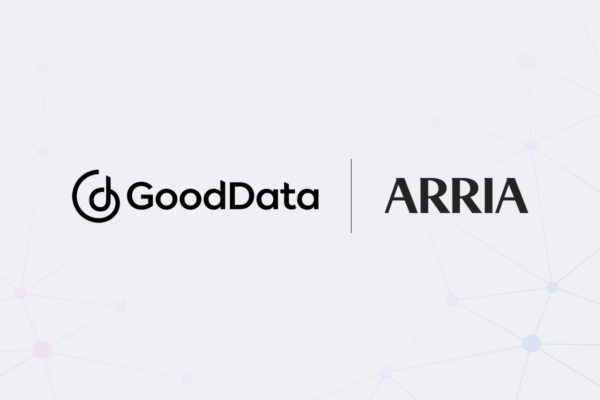
Many BI dashboards use NLG technology to produce analytical narratives the complement data visualizations and also highlight insights not shown in visuals. Identifying and highlighting not-so-obvious trends and correlations with NLG increases the value and reach of BI, providing actionable insights and greater transparency to decision makers.
Intelligent automation is applied to virtually all aspects of financial reporting and operations that are business-rules-based, repetitive, and non-subjective. In this area, it continues to drive improved accuracy, greater productivity, and increased efficiency.
By taking away rote, boring tasks, intelligent automation frees personnel to tackle higher-value, strategic work.
To make data-driven decisions, management and employees need real-time access to information detailing key performance indicators (KPIs). To address this need, smart business leaders have invested in BI platforms such as Microsoft Power BI, Tableau, Tibco Spotfire, Qlik, and MicroStrategy.
By automatically collecting, organizing, and presenting data from disparate platforms and applications in a single interface, BI dashboards have become invaluable resources for financial planning and analytics (FP&A) professionals.
Most financial planners and accountants do not possess engineering expertise, nor are they particularly IT-savvy. BI dashboards are inherently intuitive and easy to use; coupled with comprehensive functionality, these attributes eliminate the time and money of having to train employees to use and manage a dizzying array of software for each phase of data discovery.
Operating within a single environment streamlines data synchronization. Historically high-friction endeavors like budget forecasting, variance analysis, business modeling, and other processes now require little more than a few clicks.
Modern BI dashboards collect data, configure the presentation, and present findings as visualizations. Most are customizable and can consolidate charts and graphs on a single screen, providing users with an overarching view of marketing performance, sales, supply-chain efficiency, and other common situations.
Of note, is that continuing adoption of open APIs makes it quick and easy to connect BI platforms to hundreds of everyday productivity applications, such as accounting software, CRM, marketing automation, and payroll. BI environments that also incorporate NLG’s advanced language analytics that can automate the analysis of large data sets immediately so that it can be understood by a wider population of employees.
This is part three of a multi-part series. Be sure to read parts one and two as well.
Follow us to read the next piece in the series!
Ready to see intelligent automation with Arria in action request a meeting now!



